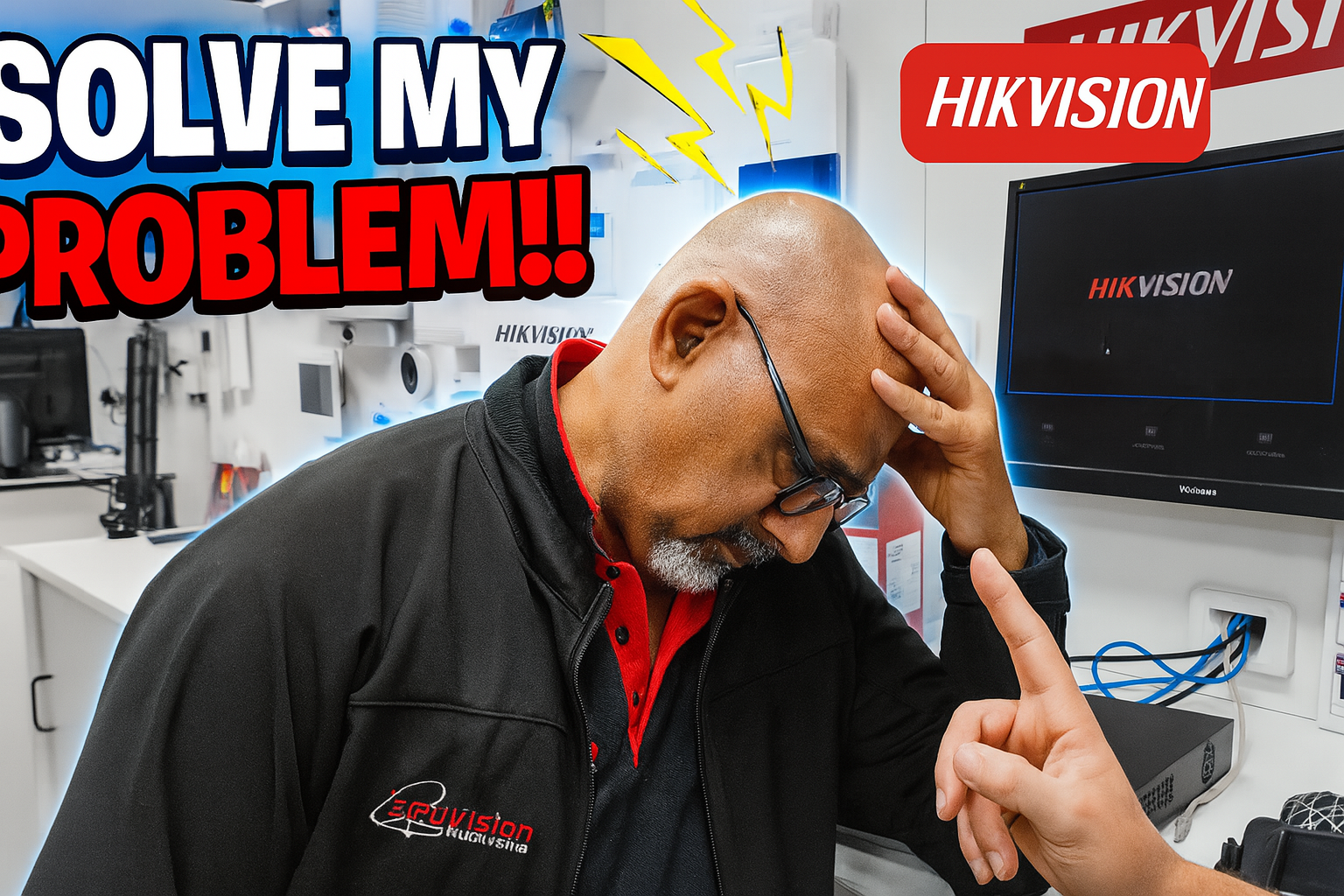Thinking about installing your own CCTV system? Great news — it’s easier than ever thanks to modern PoE (Power over Ethernet) IP cameras. Many CCTV systems today are truly plug-and-play, letting you enjoy professional-level security without paying for professional installation.
At CCTV Tradie, we’re here to help you choose the right gear and understand the basics of how to set it all up yourself. Here’s your step-by-step guide to a DIY PoE CCTV installation!
Why Choose a PoE IP CCTV System?
A PoE CCTV system is ideal for DIY installations because:
✅ One cable carries both power and data — no separate power supply needed
✅ Less wiring mess and fewer points of failure
✅ Easy to expand in the future
✅ Most systems are plug-and-play with an NVR (Network Video Recorder)
✅ High-quality digital video with excellent resolution
All you need are Cat5e or Cat6 network cables, which are affordable and easy to run through your home or business premises.
Essential Components for a DIY CCTV System
Before you get started, gather these key components:
-
PoE CCTV cameras – Choose outdoor-rated, waterproof cameras for exterior use
-
NVR (Network Video Recorder) – Manages your cameras and stores recordings
-
Surveillance-grade HDD – Not a regular hard drive; these are designed for 24/7 recording
-
Cat5e or Cat6 network cables – Either pre-made or custom-cut to length
-
RJ45 connectors – If making custom cables
-
Crimping tool – Only needed if terminating your own cables
-
Junction boxes (optional) – Protect cable connections if cameras are exposed to weather
💡 Tip: If your cameras are mounted under the eave or protected areas, you might not need a junction box. But if they’re exposed to rain or sun, always use a junction box for extra protection.
DIY CCTV Installation Steps
Here’s how to install your own PoE CCTV system:
1. Plan Camera Locations
-
Walk around your property and decide where you want coverage.
-
Aim cameras at entrances, driveways, and other vulnerable spots.
-
Avoid pointing cameras directly at bright lights to reduce glare.
2. Run the Network Cables
-
Use Cat5e or Cat6 cable for reliable video transmission.
-
For outdoor runs, choose UV-rated or outdoor-rated Ethernet cable.
-
Keep cable runs under 100 metres to avoid signal loss.
3. Terminate Cables (If Not Using Pre-made)
-
Cut your cable to length.
-
Use the crimping tool to attach RJ45 connectors to both ends.
-
Test your cables to ensure proper connectivity.
4. Mount Cameras
-
Attach cameras securely.
-
If exposed to the weather, install a junction box first.
-
Run cables into the junction box and seal any openings.
5. Connect Cameras to NVR
-
Plug each camera’s Ethernet cable into a PoE port on the NVR.
-
The NVR will supply power and network connection through the single cable.
6. Install the HDD in the NVR
-
Open your NVR and install a surveillance-grade HDD.
-
Follow your NVR’s instructions for installing and formatting the drive.
7. Power Up and Configure
-
Turn on the NVR.
-
Most modern systems detect cameras automatically (plug-and-play).
-
Set recording schedules, motion detection, and remote viewing options.
That’s it! Your DIY CCTV system is ready to keep watch over your property.
Choosing Your CCTV Kit
Shopping for a system? At CCTV Tradie, we stock PoE CCTV kits from all major professional brands. When you buy from us, you get:
✅ Genuine products with manufacturer warranties
✅ Kits tested for Australian and New Zealand conditions
✅ Expert support if you get stuck during installation
✅ Fast shipping Australia-wide and to New Zealand
Visit CCTV Tradie to browse a huge range of DIY-friendly CCTV kits that make home security simple and affordable.
DIY Doesn’t Mean Compromising on Quality
Installing your own CCTV system can save hundreds of dollars and still deliver professional-level results. Just make sure you:
✔ Use quality cables and waterproof fittings
✔ Follow safe practices when working at heights
✔ Double-check camera angles and focus before final mounting
✔ Protect exposed connections from weather
By choosing a PoE IP system, you’ll enjoy crisp video footage, reliable performance, and the peace of mind that comes with knowing your property is under watch — all without the need for a technician.
Ready to get started? Check out the best DIY PoE CCTV kits at CCTV Tradie, and take control of your home or business security today!









